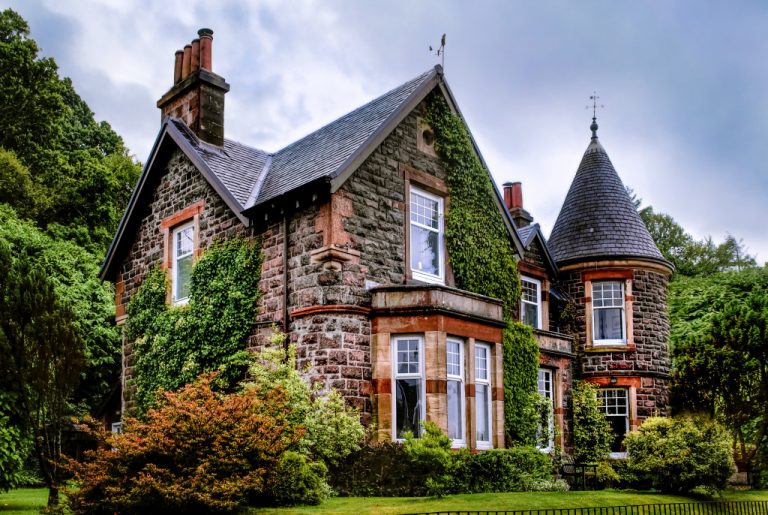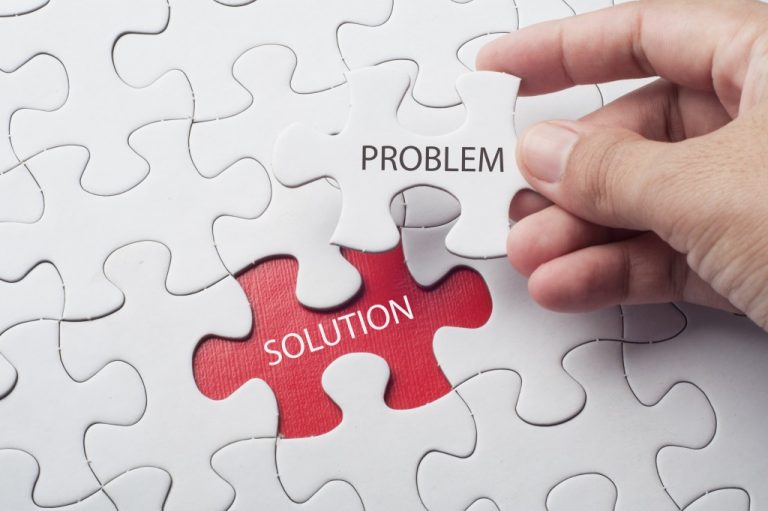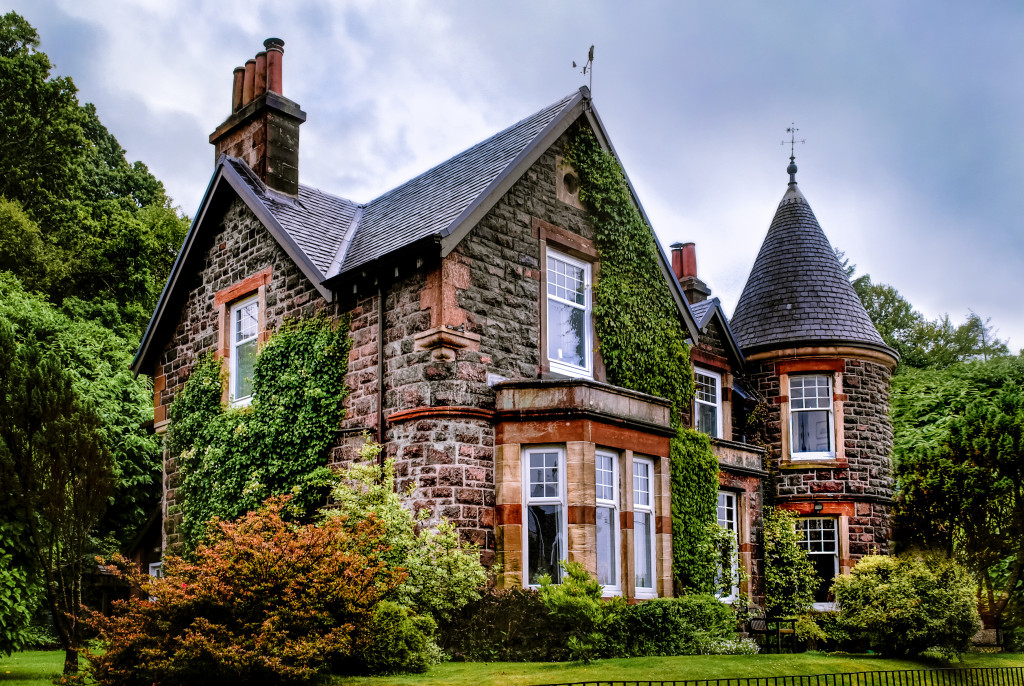Climate change has increased the frequency of extreme weather events throughout the year in the United States. Wildfires caused by drought and severely high temperatures and storms often lead to power outages.
According to CNBC, data from the California Department of Forestry and Fire Protection shows that the recent wildfires in that state had a record-setting area of burned land with more than 10,000 structures destroyed. Property damage reached more than $10 billion. When there are wildfires, power is intentionally shut off in nearby areas.
In Texas, the February ice storm resulted in a power outage affecting almost 10 million people and causing more than 150 fatalities from the severe cold. The event cost about $200 billion, setting the state record as the natural disaster with the highest cost.
These events have caused many people to consider building houses that can stay off the grid in terms of energy and water supply. It will enable them to be resilient in the face of disasters while living a sustainable lifestyle. According to data from Big Rentz, there are already 250,000 Americans living off the grid. If you are considering this option, there are many things you need to know about it.
Where to Live
While living off the grid in all states is legal, some states have complicated legal requirements. The World Population Review identified the ten best states for off-grid living as Alabama, Missouri, Georgia, Tennessee, Texas, Louisiana, Indiana, Hawaii, Colorado, and Arkansas. These were chosen based on their leniency for living off the grid, having the least restrictions in building codes, low cost of living, low property taxes, strong solar or wind power, and having an excellent crop-growing environment.
Energy and Water
The two most important resources you will need are water and energy. Hire a professional company to drill a water well. In addition, install a rain catchment and purification system. Having these two in place will keep your water needs covered.
The most common sources of energy are solar photovoltaic (PV) panels. Discuss your energy needs with the company that will be installing them so that you will have enough power. You must invest in batteries to store several days’ worth of energy for use in periods of low sunlight, especially during storms. Also, it is best to choose an area that is not cloudy most of the time.
Off-grid Housing
Most people who choose to live off the grid also opt for simple, inexpensive houses. Many are part of the tiny house movement. There are affordable tiny homes that can be purchased for as low as $37,000. Many build their own homes, though. Some do so at almost no cost because they get free building materials from demolition sites and casts off from construction sites. If you have good building skills, many online sites offer advice on off-the-grid home construction.
In areas where wildfires are common, it is best to steer clear of flammable home-building materials. Instead, opt for a combination of concrete and steel or a recycled shipping container. Another non-flammable building material that can cost even less is cob. This is a mixture of soil, clay, and sand. It can have several stories and can last for centuries.
To make the most of solar power, an off-grid house needs to be adequately insulated to keep the warmth inside in cold weather and stay cool inside in hot weather. Cob is a naturally insulating material. Use tempered insulating glass for all windows. Ensure that the entire house is air-sealed with caulking and weatherstripping.
Waste Recycling and Food Production

A vital aspect of an off-grid house is sanitary waste disposal. Some systems can be used to recycle waste matter safely. The Humanure system involves the use of compost toilets. A bucket beneath the toilet seat collects waste and is covered by a layer of soil each time to prevent odors. Once the bucket is almost full, it is emptied into a compost pit away from the house. Any biological waste matter from cooking can be added to the compost pit. The pit is also covered with soil each time. When a pit is filled, another one is dug. After two years, material from a pit is safe for use as compost for plants.
Waste recycling, therefore, improves food production. While some people living off the grid may not subsist solely on food that they grow, crops can supplement their food supply to a high degree.
Preparing for the Future
Living off the grid is aligned with the goal of decreasing harmful gas emissions and helping prevent further damage to the planet. There are now small communities of people living off the grid who share their harvests. While going back to the basics, it is a forward-looking lifestyle.











